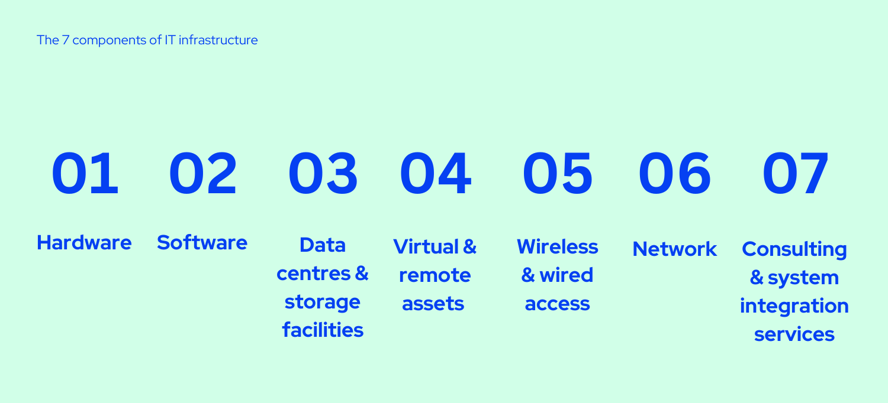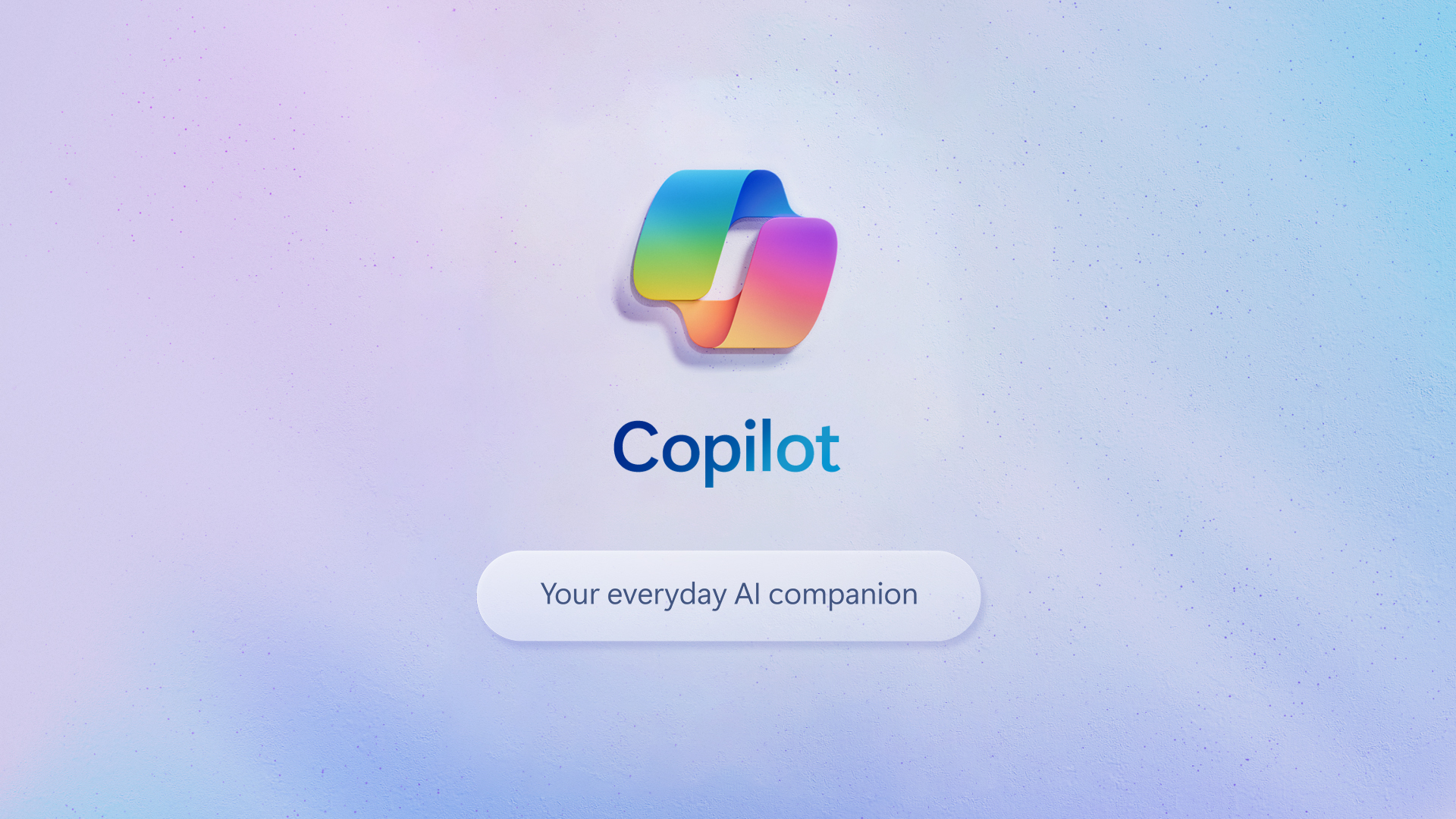In today's interconnected world, IT infrastructure serves as the backbone of modern technology, enabling seamless communication, data storage, and efficient workflows.
It encompasses a wide range of components, from networks and servers to hardware and software systems, working together harmoniously to support the digital ecosystem. However, as it continues to develop and grow, it can be difficult trying to keep up and know what will work best for you and your business.
What is IT infrastructure?
IT infrastructure refers to the set of physical and virtual components that form the foundation of an organisation's technology operations. This includes hardware, such as servers, network devices, and storage systems, as well as software applications, operating systems, and databases. Additionally, IT infrastructure encompasses the policies, procedures, and practices that govern the use, maintenance, and security of these components.
A robust and reliable IT infrastructure is essential for businesses to effectively operate and compete in the digital economy. It enables organisations to store, process, and share information, communicate and collaborate with stakeholders, and support critical business operations. A well-designed IT infrastructure is also scalable and adaptable, allowing organisations to quickly respond to changes in their technology needs and the marketplace.
The 7 components of IT infrastructure are:
What are the different types of IT infrastructure?
There are several types of IT infrastructures that organisations can use, depending on their needs and resources. Here are some of the most common types:
-
On-premises infrastructure
This is an infrastructure model where the organisation owns and operates all the hardware and software required for its IT operations on its premises. This type of infrastructure provides complete control and customisation over the technology but requires a significant initial investment and ongoing maintenance costs. -
Cloud infrastructure
Cloud infrastructure is a type of infrastructure where organisations can access computing resources and services over the internet, instead of managing them in-house. Cloud infrastructure can be public, private, or hybrid, offering flexibility, scalability, and cost-effectiveness. -
Hybrid infrastructure
A hybrid infrastructure combines the benefits of both on-premises and cloud infrastructures. In this model, the organisation maintains some IT infrastructure on-premises, while other services and applications are hosted in the cloud. This approach allows organisations to leverage the scalability and cost benefits of the cloud while maintaining control over some critical infrastructure. -
Co-location infrastructure
Co-location is a type of infrastructure where organisations can rent space in a data centre to house their IT infrastructure. In this model, the organisation owns the hardware, but the data centre provides the necessary physical space, power, cooling, and connectivity. This approach can reduce the cost of maintaining a data centre on-premises and offers additional security and reliability benefits. -
Edge infrastructure
Edge infrastructure is a type of infrastructure that extends the reach of the network closer to end-users and devices. This approach can reduce latency and improve the performance of applications and services, especially in remote or distributed environments. It is commonly used in IoT, edge computing, and 5G networks.
These are some of the most common types of IT infrastructure, and organisations may choose to use one or a combination of these models based on their specific needs, requirements, and resources.
What to consider when managing your IT infrastructure?
When managing IT infrastructure, there are several important factors to consider in order to optimise it to your advantage. Here are some of the key considerations:
-
- Security: Security should be a top priority when managing IT infrastructure. This includes protecting against cyber threats, implementing strong access controls, and ensuring that sensitive data is properly encrypted and stored. As well as this, a sufficient incident recovery system should be in place so that in the case of a disaster, your important data and systems are still accessible.
-
- Storage: Effective storage components and backup data are essential to any business so, ensuring it has the suitable capacity for you is integral.
-
- Scalability: The IT infrastructure should be designed to scale as the organisation grows. This means that the infrastructure should be able to handle increased traffic, storage needs, and processing power as the organisation expands.
-
- Availability: The IT infrastructure should be highly available and reliable. This includes implementing redundancy and measures that minimise downtime in the event of a hardware or software failure.
-
- Performance: The performance of the IT infrastructure should be regularly monitored and optimised to ensure that it is running efficiently. This includes monitoring network bandwidth, server response times, and application performance. Ideally, a low latency network will work best as it uses enterprise-level infrastructure components that decrease delays in the data flow.
-
- Maintenance: Regular maintenance and updates are crucial to keep the IT infrastructure running smoothly. This includes applying security patches, updating software and firmware, and performing regular backups.
-
- Cost: The cost of managing IT infrastructure should be carefully managed to ensure that it remains within budget. This includes considering the total cost of ownership, including hardware, software, maintenance, and staffing costs.
-
- Compliance: Depending on the industry and location, there may be specific regulatory and compliance requirements that must be met. IT infrastructure management should ensure that these requirements are understood and implemented appropriately.
-
- Zero downtime: IT infrastructure is the beating heart of most businesses in the modern world, so when it goes down, it can bring your whole business to a halt as well as increase costs and potentially affect profit. The optimal infrastructure will aim to reduce disruption caused by possible downtime.
By considering these factors when managing IT infrastructure, organisations can ensure that their technology is secure, reliable, and efficient while remaining within budget and meeting regulatory requirements.








